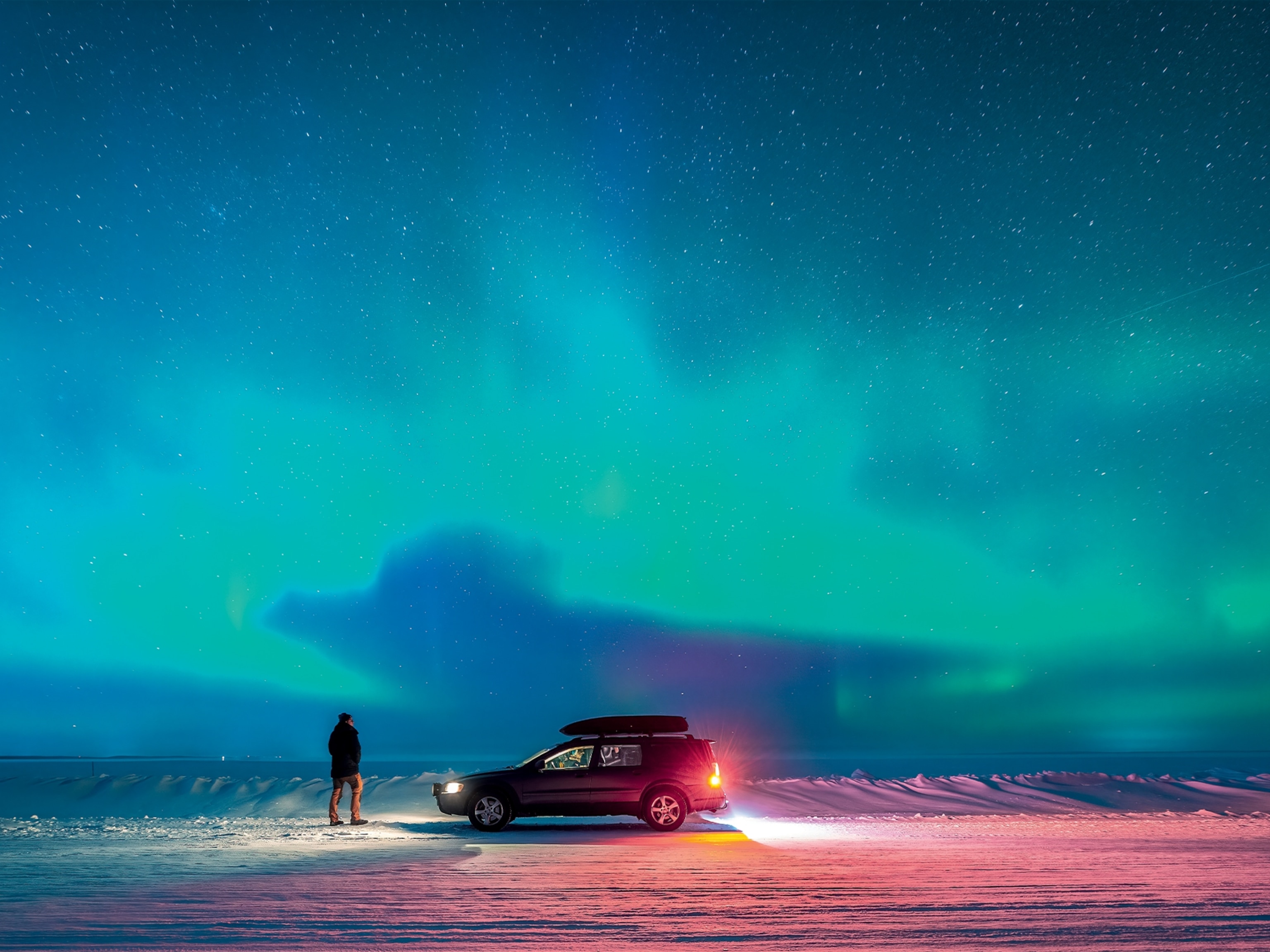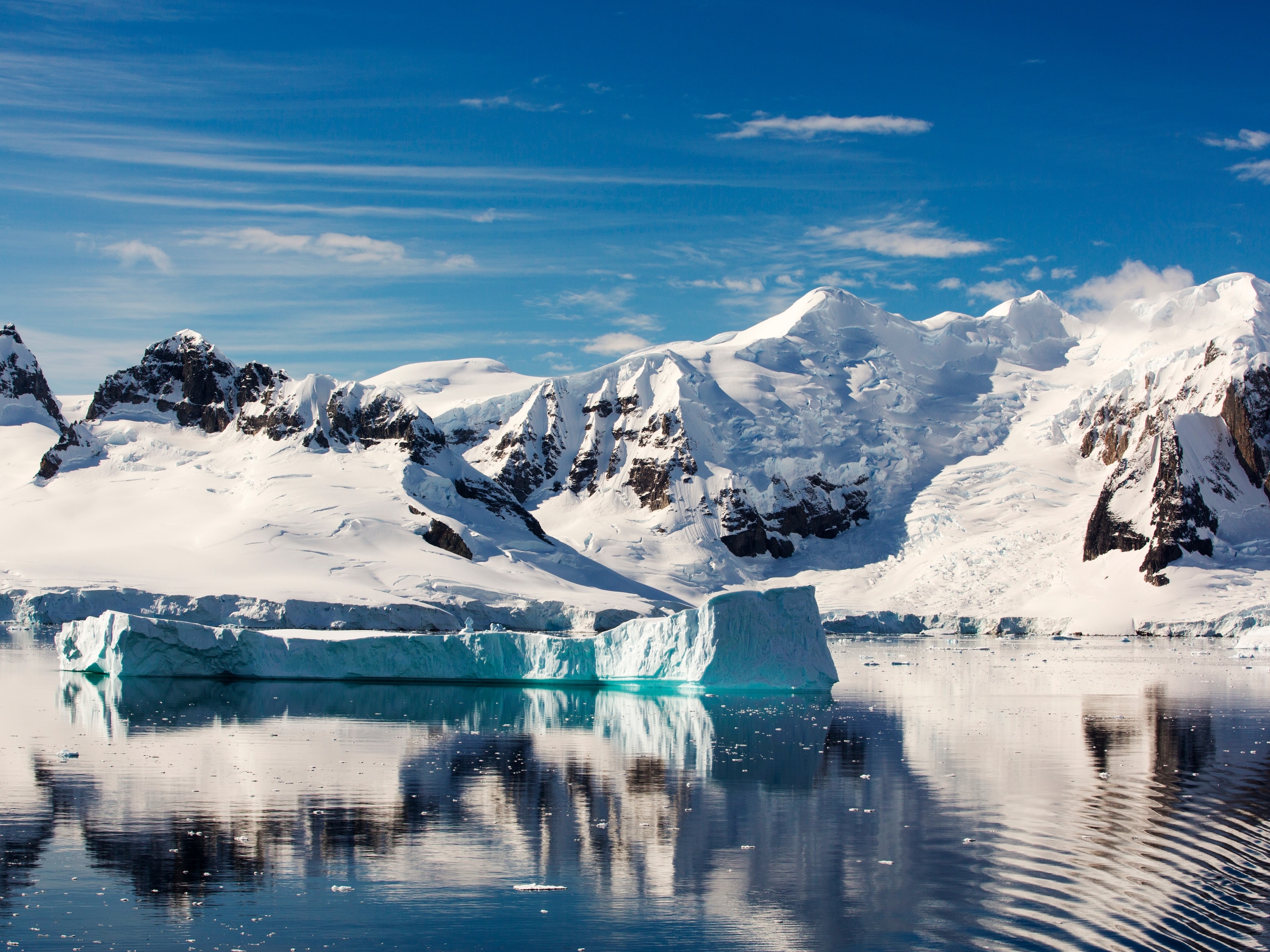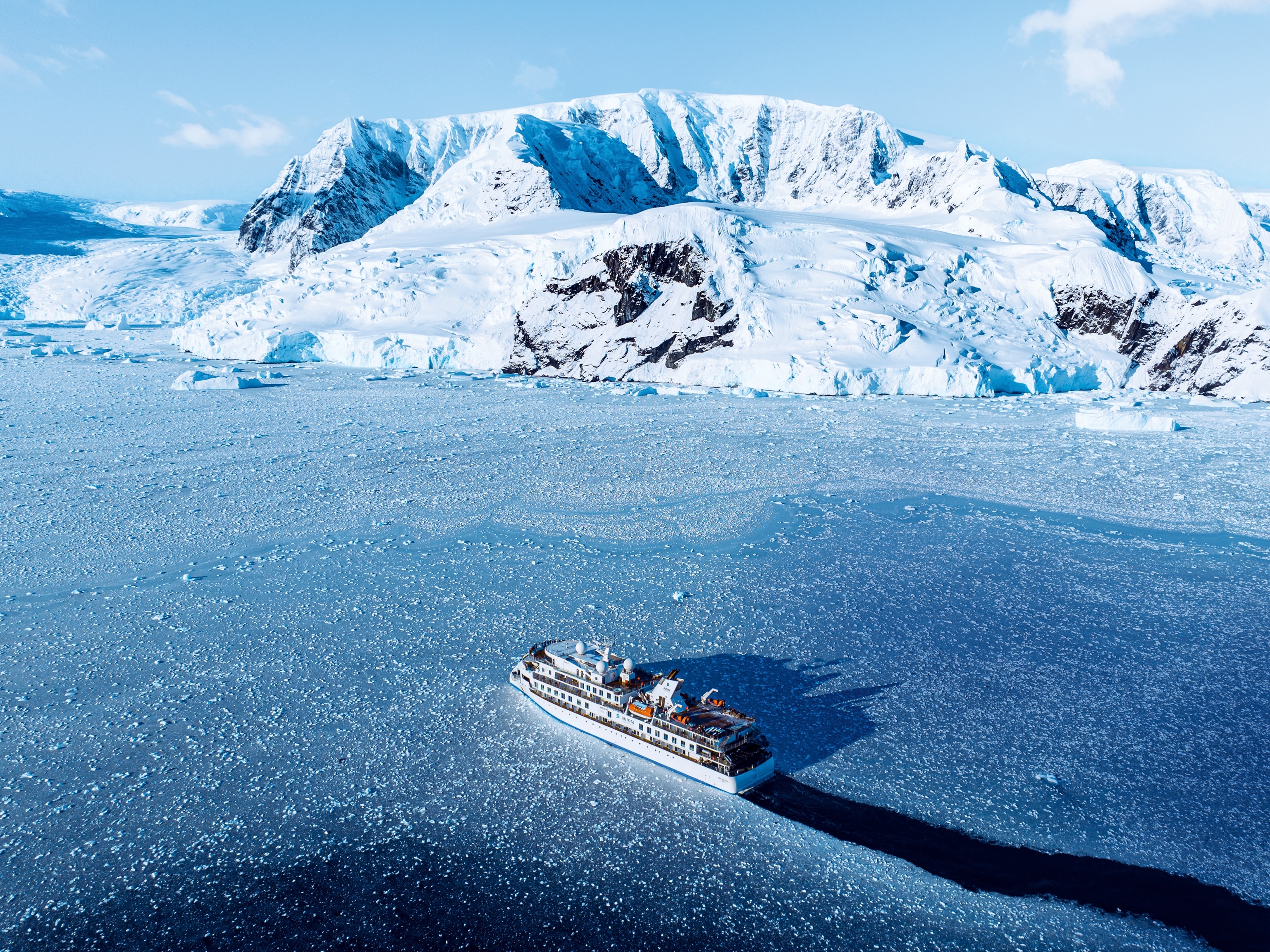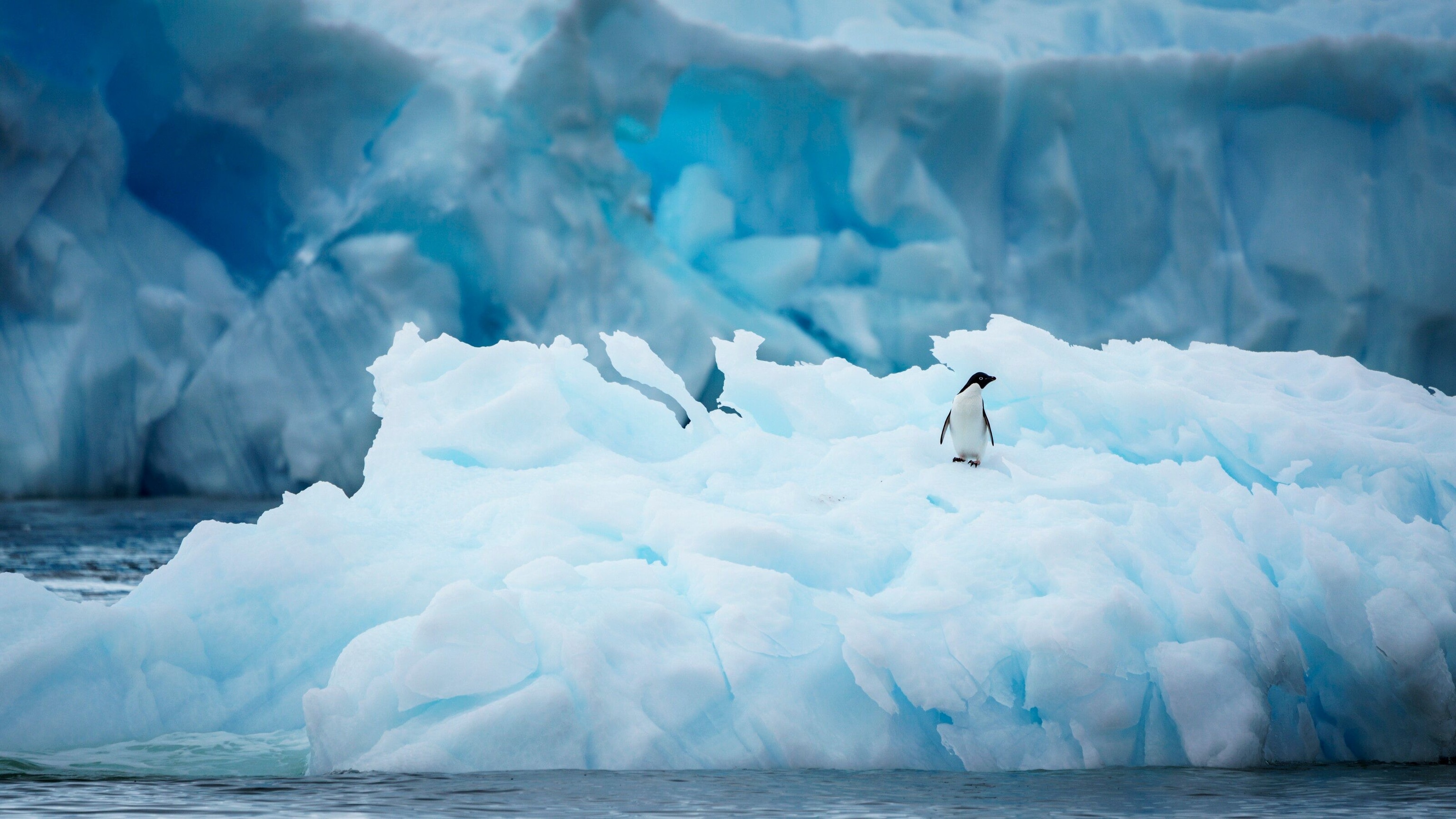
Antarctica: an expert's guide to making the most of your time
Little compares to the exhilaration of exploring the continent of Antarctica. Here, expedition specialist Francesco Contini explains how to make every moment count during an Antarctic adventure.
Towering icebergs, screeching penguins, majestic whales breaking the surface of the ocean: these are just a few of the thrilling natural phenomena that await you in Antarctica. With its otherworldly landscapes and magnificent wildlife colonies — sometimes hectic, at other times silent and serene — it has carved out a position as one of the world’s most charismatic wilderness destinations.
Remote though it is, Antarctica isn’t out of reach, even if you only have ten days or so to play with. There are several ways to get there, including the express option: booking a fly-in cruise on a small expedition ship, where slick logistics ensure not a minute is wasted. Francesco Contini, a polar tourism expert with boutique Antarctic expedition company Antarctica21, talks us through some of the key details that will enable travellers to make the most of their expedition experience.
What would your first piece of advice be to someone looking to plan an Antarctic expedition?
Firstly, it's key to consider your initial travel options. There are only two ways to cross the Drake Passage: sailing (a four-day round trip that, in stormy weather, is the stuff of folklore), or flying, which takes just two hours and gets you to your ship well-rested and in good shape. As a result, I’d always encourage tight-for-time travellers to consider fly-in cruises over ocean-only voyages. It’s a matter of both comfort and time efficiency, in my opinion.

When choosing an Antarctic ship, does size matter?
Definitely. Liners carrying 500-plus passengers aren’t allowed to land their guests in Antarctica, and ships carrying between 200 and 499 are significantly restricted in the locations and experiences they can offer. Those carrying 199 guests or fewer have more flexibility. However, to limit their environmental impact, no more than 100 people can be ashore at once in any location. Larger groups must take turns. However, if you choose to travel on a ship with fewer than 100 guests, it can make embarking and landing far faster and more flexible. And don't forget that it’s also important to choose a ship with a high staff-to-guest ratio.
Why is a high staff-to-guest ratio important?
It allows far more opportunities for guests and staff to interact and means you can really benefit from the Antarctic experts that might be travelling on your expedition, whether they’re specialists in oceanography, ornithology, geology and other disciplines. Experts are always keen to share their knowledge and their passion, not only through talks and excursions, but even over coffee, or while spotting birds on deck. Some of our resident experts also manage on-board citizen science programmes, such as the Fjord Phyto project, which collects data to monitor how melting glaciers influence phytoplankton populations.
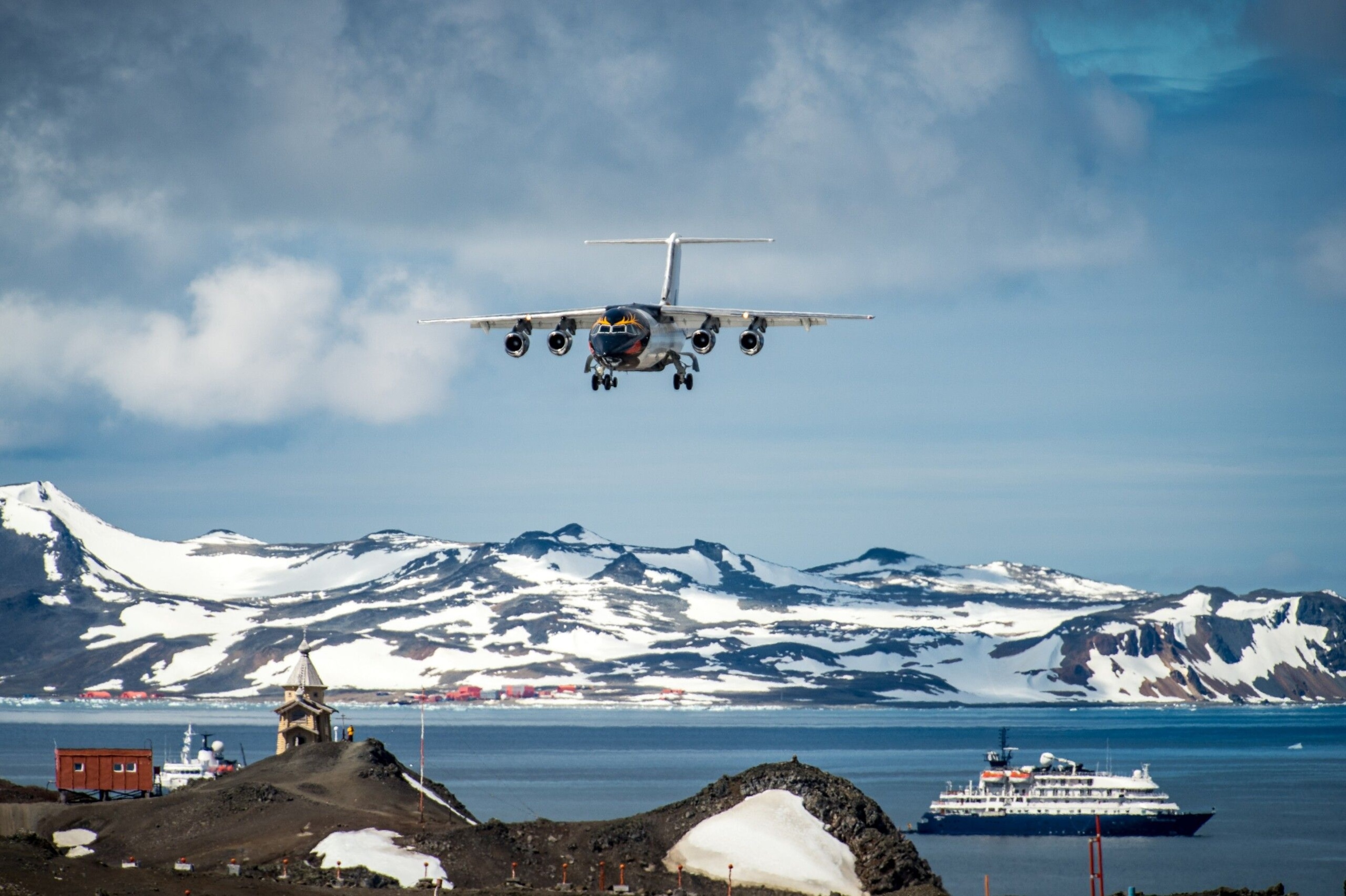
Eco-conscious travellers may wonder whether it’s acceptable to travel to Antarctica. What would you say to reassure them?
When we visit Antarctica, we abide by the world’s most stringent operational tourism guidelines. But there’s more to it than this. We care about what we know, understand and feel. Emotions are a powerful fuel for action. Exiting our urban existence and entering Antarctica, a world where nature rules, can help us forge a new relationship with our planet. The isolation, the imposing majesty of the landscapes and the raw power of nature have a profound emotional impact. When that door opens and connections are made, it can motivate us to act.
Are there any other must-do’s when it comes to making the most of your Antarctic experience?
Consider joining a small-group excursion — I’d always recommend kayaking. It offers a unique vantage point because you venture into protected bays and fjords, exploring at low speed in complete, quiet isolation. As you paddle, you might hear ice cracking in the distance, see penguins porpoising around your kayak, seals lounging on ice floes, or a pod of whales in the distance. The perspective and proximity create a truly extraordinary experience.
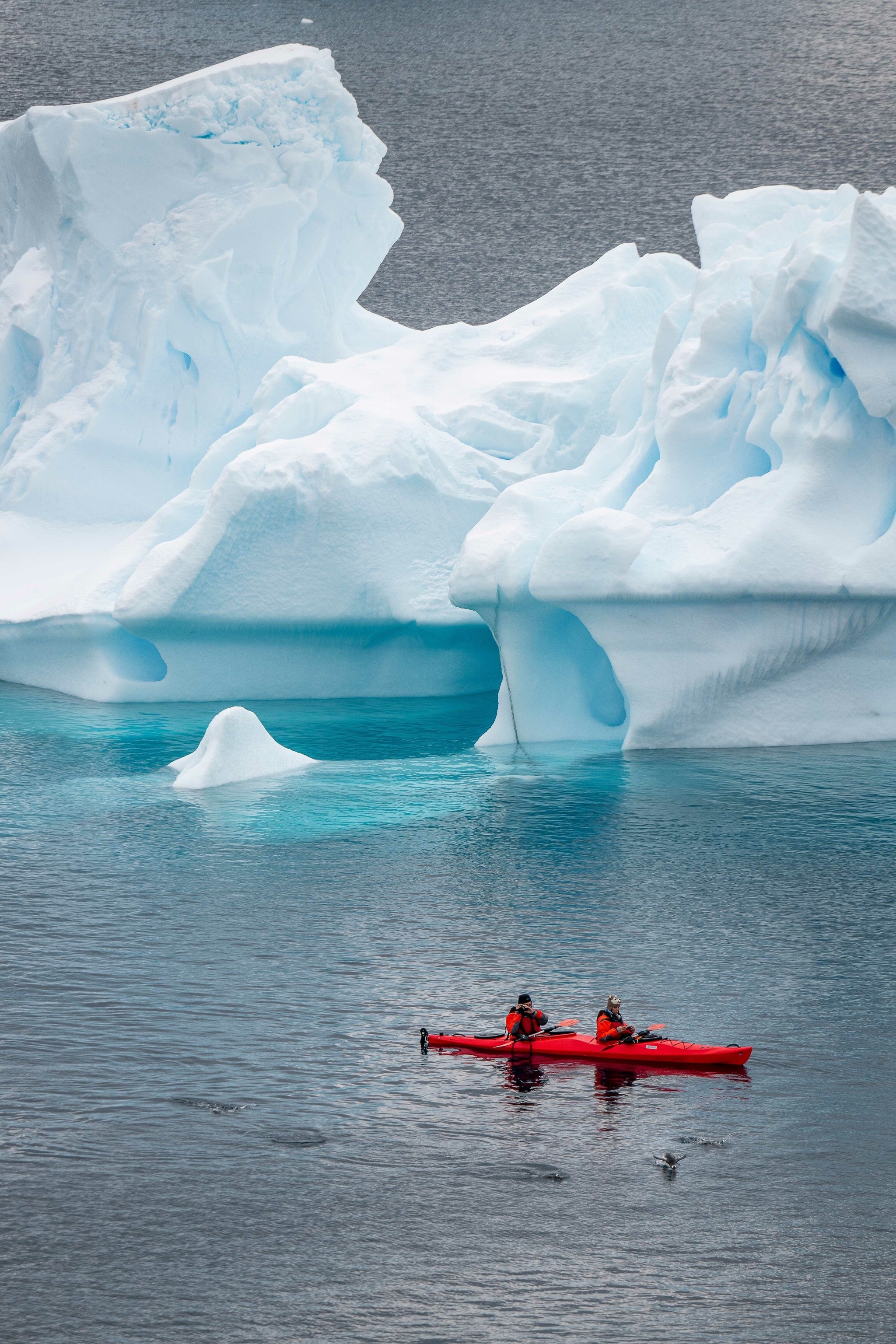
Plan your trip
Boutique adventure company Antarctica21 pioneered small-ship air-cruise expeditions in Antarctica. Its most popular trip, the Classic Antarctica Air-Cruise, sees passengers fly from Punta Arenas in Chile to King George Island in the South Shetlands, where they join a small ship for a packed programme of cruising and excursions, all accompanied by a large team of expert staff. Other options include cruising one way and flying the other, or a Polar Circle air-cruise that journeys all the way down to 66 degrees south of the equator, when conditions permit.
For more information, visit antarctica21.com
Follow National Geographic Traveller (UK) on social media
Facebook | Instagram | Twitter
